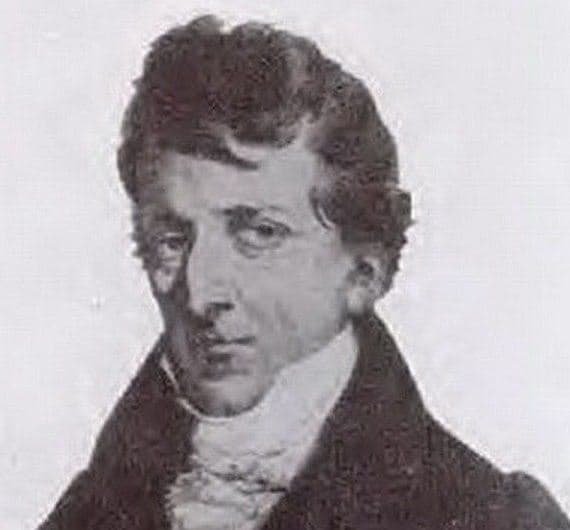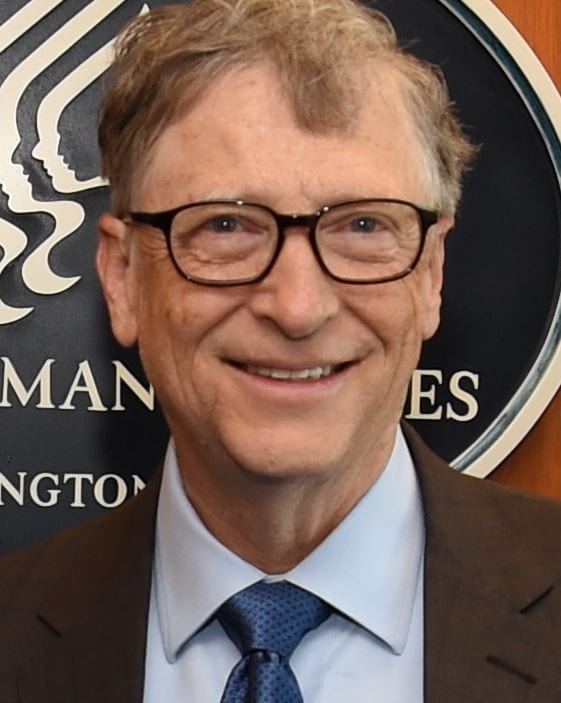In the last two centuries, women and men were already looking at the future. Scientists and innovators who built our present. The New’s Room has selected five historical figures who conceived of new ways to produce (and deploy) energy. Let us find out all about it!

In the last two centuries, women and men were already looking at the future. Scientists and innovators who built our present.

Aldini, who inspired Mary Shelly’s to write Frankenstein, was a lecturer in Experimental Physics at the University of Bologna. In his scientific work his main objectives were: to bring corpses back to life using electricity and to light up cities to combat crime. While the first dream alas remained only a utopian dream, in 1818 the second dream led to the construction of lighthouses and fire-extinguishing devices which brought about, a few years later, the spread of public lighting in the large urban centres of Milan, Naples and Turin.

A former Catholic partisan and a protagonist in the unification of Italy, Enrico Mattei was one of protagonists in the evolution of the Italian industrial system after the Second World War. The consumption of petrol in Europe was 56 million tons in 1950, 190 million tons in 1960 and 450 million tons in 1970. In recognition of his managerial skills, Enrico Mattei was put at the helm of Agip, a remnant of Fascist policy, with the idea of privatizing it. On the contrary, he kept it public and transformed it into Eni with the objective of achieving Italy’s energy independence, by exploiting its own resources for which he started prospecting all over Italy. But the project was interrupted by Mattei’s death, when the private jet on which he was travelling exploded in 1962 in circumstances that are still unclear.

Together with chemist Otto Hahn, Austrian Lise Meitner studied the principles of nuclear fission at the University of Berlin from the beginning of the 1900s. At first she participated in the research as a “guest” because as she was a woman, and for the same reason she was not admitted to academic studies until 1909. Subsequently, during the Nazi years, she was not admitted because she was Jewish. In an article in Nature magazine, she explained nuclear fission which Hahn, who continued the research in Berlin, had produced. The Nobel prize was given to Hahn while Meitner was invited by the USA to develop the atomic bomb, but she declined the offer. Interested in peaceful nuclear applications, after the war she joined the International Atomic Energy Agency of the United Nations and, when she died she had the following inscription on her headstone: “Lise Meitner: a physicist who never lost her humanity”.

The man who left the most significant mark at the end of the 1900s is Bill Gates. Following the development of Microsoft, Gates inaugurated a foundation together with his wife Melinda with the charitable objective of improving life in the Third World. While the challenge of the 20th century was to produce enough energy to sustain the industrialized world, that of the 21st century is to guarantee access to energy for each individual of the planet and to do so in an ecological and sustainable manner. In Africa, the absence of sanitation and electricity still prevent the establishment of basic hygienic conditions for survival. Without an adequate electricity and a sewage system a rapid solution that can be applied on the territory is needed. Consulting with local engineers on site, after years of research the foundation has come up with a bathroom prototype that can transform human faeces into energy, thus enabling bathroom facilities to be self-sufficient and, perhaps, in future to supply electricity to villages.

This twenty-one year old oriental girl who was raised in Canada, is the face of energy of the future. In 2013, when she was only fifteen years old, she brought a flashlight running on body heat to the Google Science Fair. She invented the flashlight, the prototype of which only cost 26$, for her Filipina friend who couldn’t get her diploma because she did not have electric light at home to study at night. Thanks to the Hollow Flashlight, which she hopes to distribute at the lowest possible cost in places where “they really need it”, Makosinski is among the 30 most influential people below 30 years of age listed in Forbes. Following the same principle, she also invented a cup that exploits excess heat in drinks to produce electricity. In her LinkedIn profile she declares that her objective is to harvest alternative energy to improve the life of people all over the world.